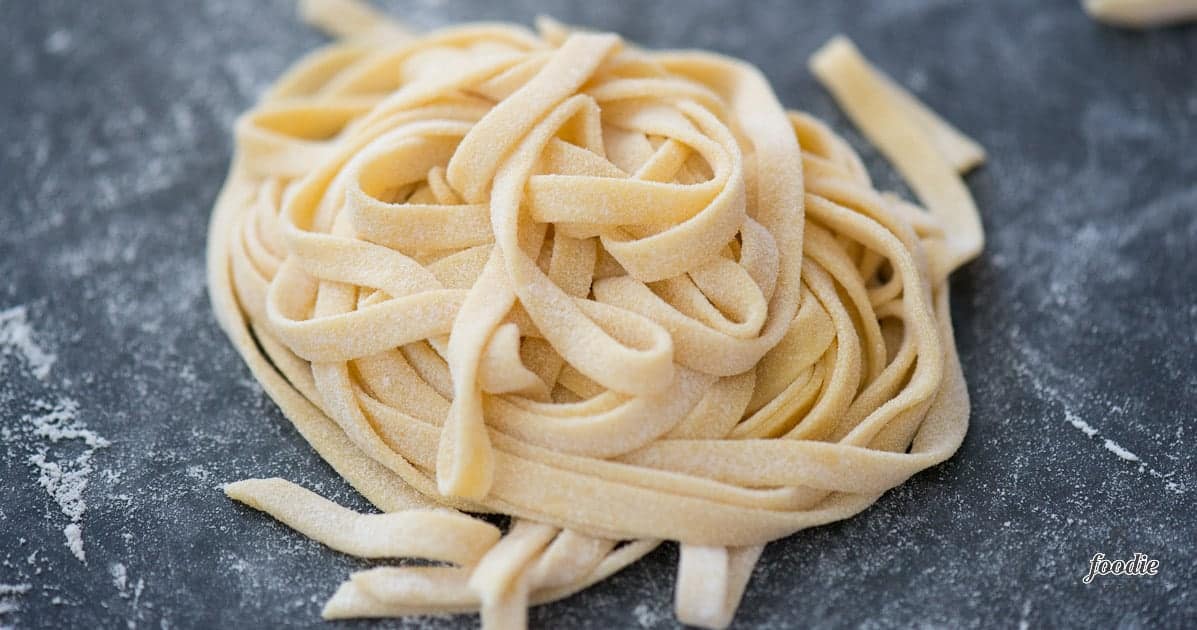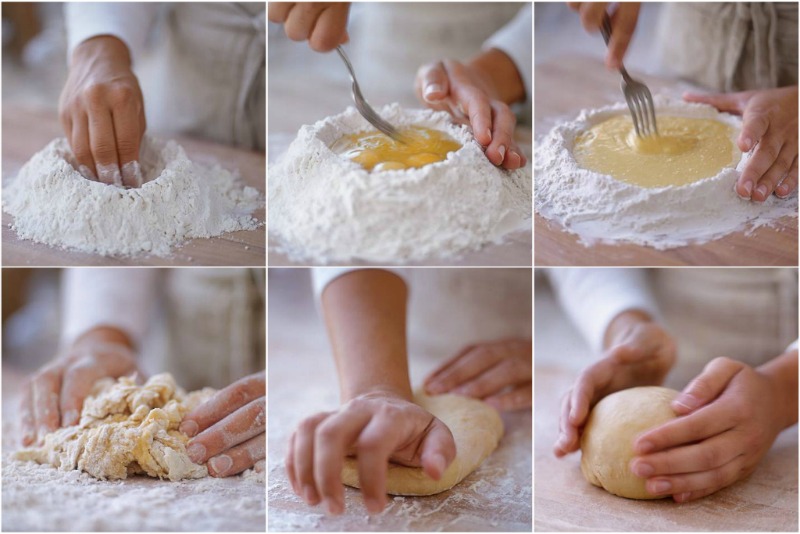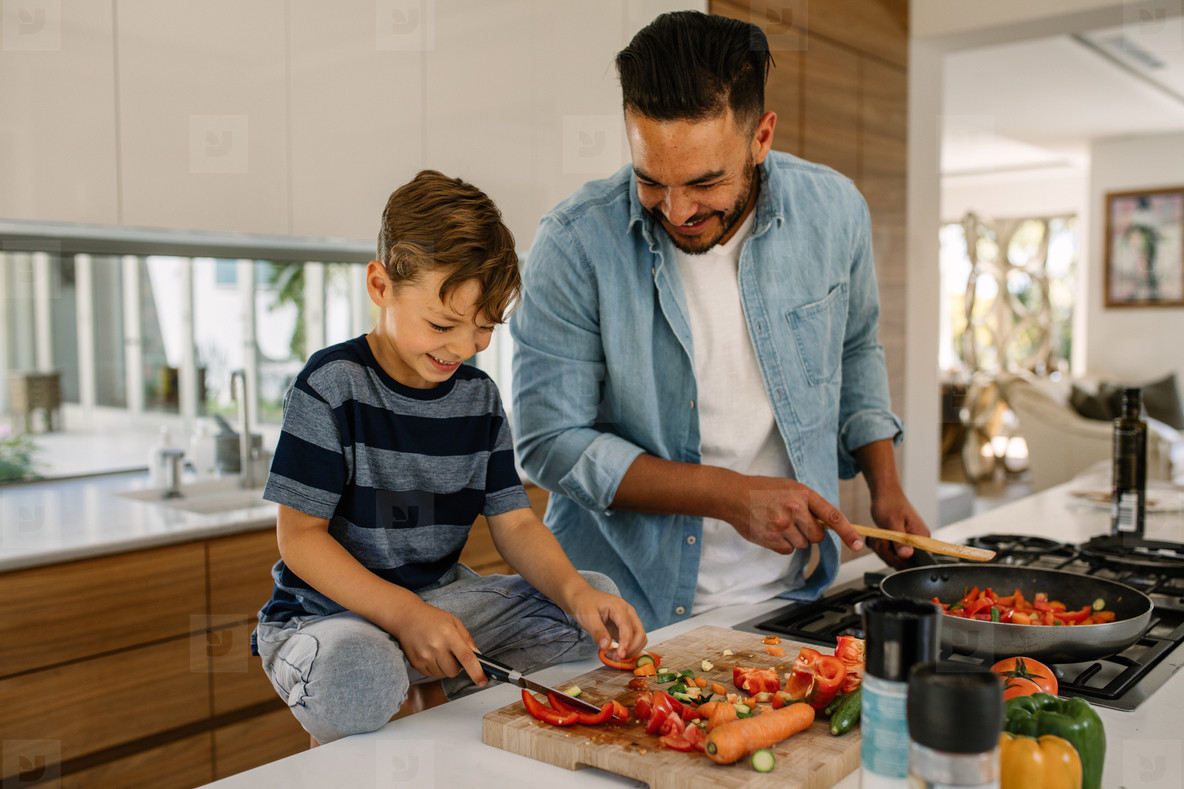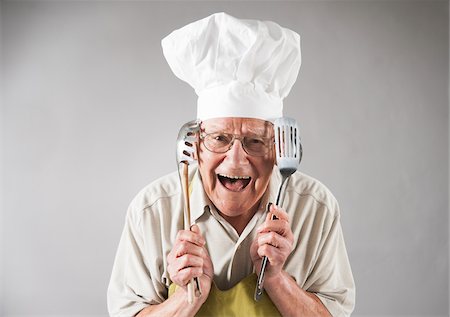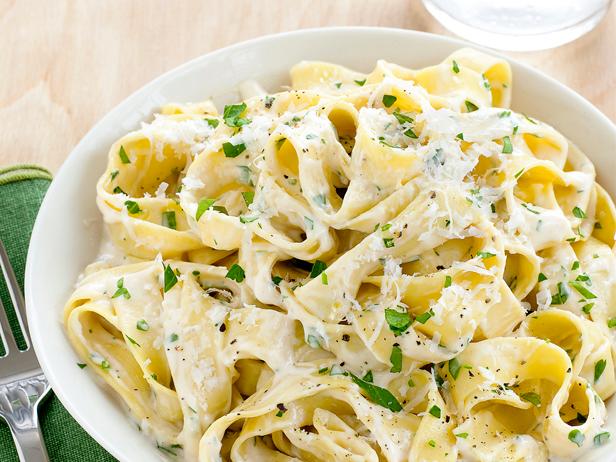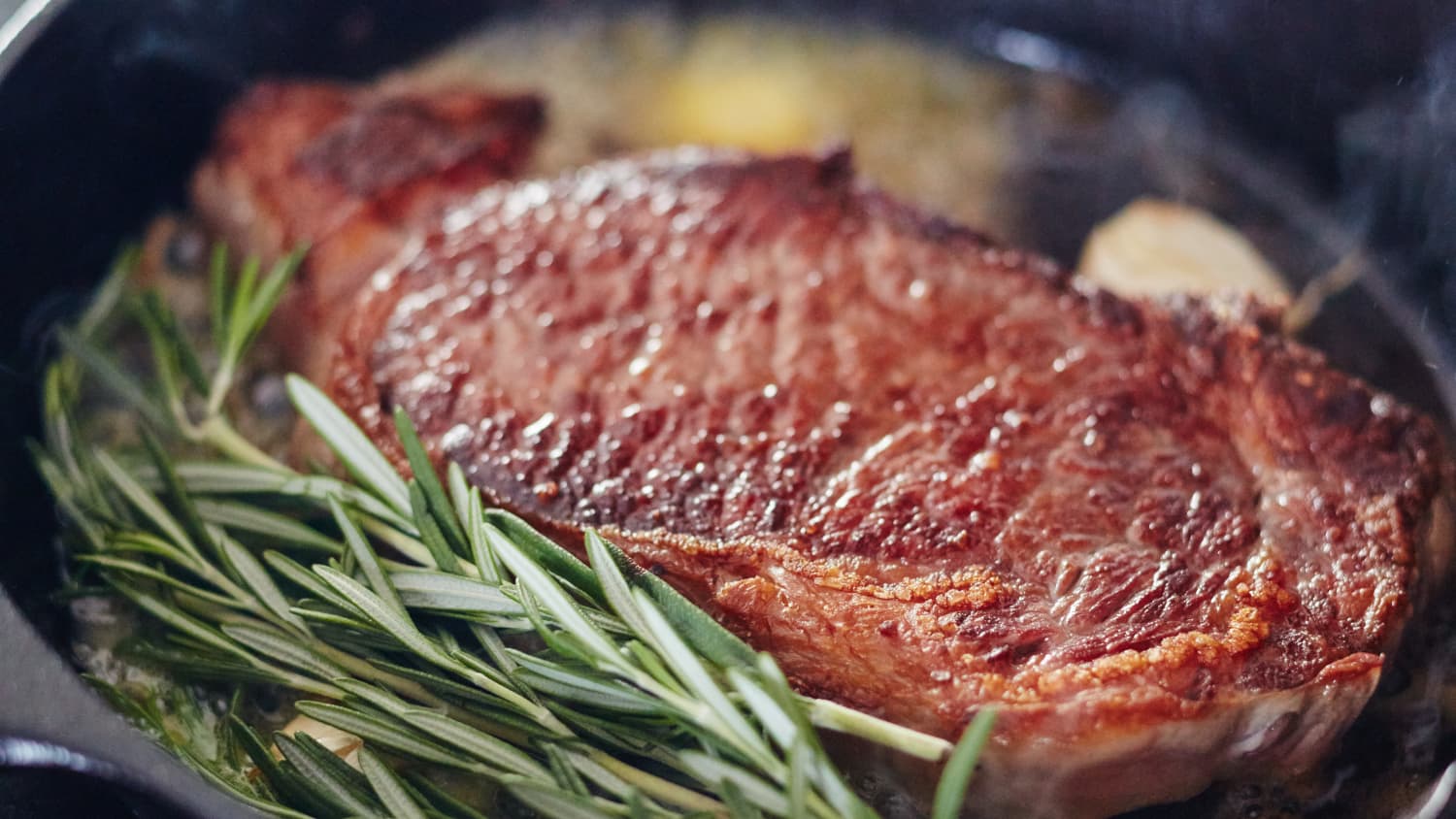
Many of us today struggle on how to cook things to the correct degree. Whether that be pasta which you want to be perfectly al dente, or chicken to make sure its cooked long enough to avoid salmonella. And cooking steak is no less difficult, some would say it is even harder in fact. Due to the chef having to achieve the requested temperature on the steak without burning the outside. Steak can be a daunting task to undergo in the kitchen however if you follow the steps I lay out below and practice, you will one day be a master at cooking steaks.
What Steak Should You Choose?

As you can see from the picture above there are 11 cuts of steak that are most notable and you can tell how the individual steaks themselves will taste and feel by knowing where they are from on a cow. And knowing is half the battle. For this blog post I will be talking mostly about the filet and sirloin steak because those are the cuts which I have the most experience cooking.
Filets are the king cuts of steak, the most expensive and in many peoples opinions the most delicious. In many Michelin star restaurants around the world the filet is the choice dish on the menu and for good reason. In each cow there is typically only 500 grams worth of filet steaks which is not a lot. This is, along with the quality of the cut, is why this steak is so heavily sought after.
Next we have the sirloin steak. This is a cheaper but perfectly delicious cut of beef. Like the filet it is a lean but juicy cut of beef that is more affordable for regular cooking compared to filets. When I cook steak I will typically choose the sirloin over the filet due to the price difference and the ability to cook a sirloin steak easier than a filet. The filets are more round and taller cuts than the sirloin. Having the sirloin being able to have more contact with the pan means there is a more even cook on the steak. Now we will go over how to cook these beautiful steaks to perfection and what temperature you should cook them at.
Temperature of the Steak:
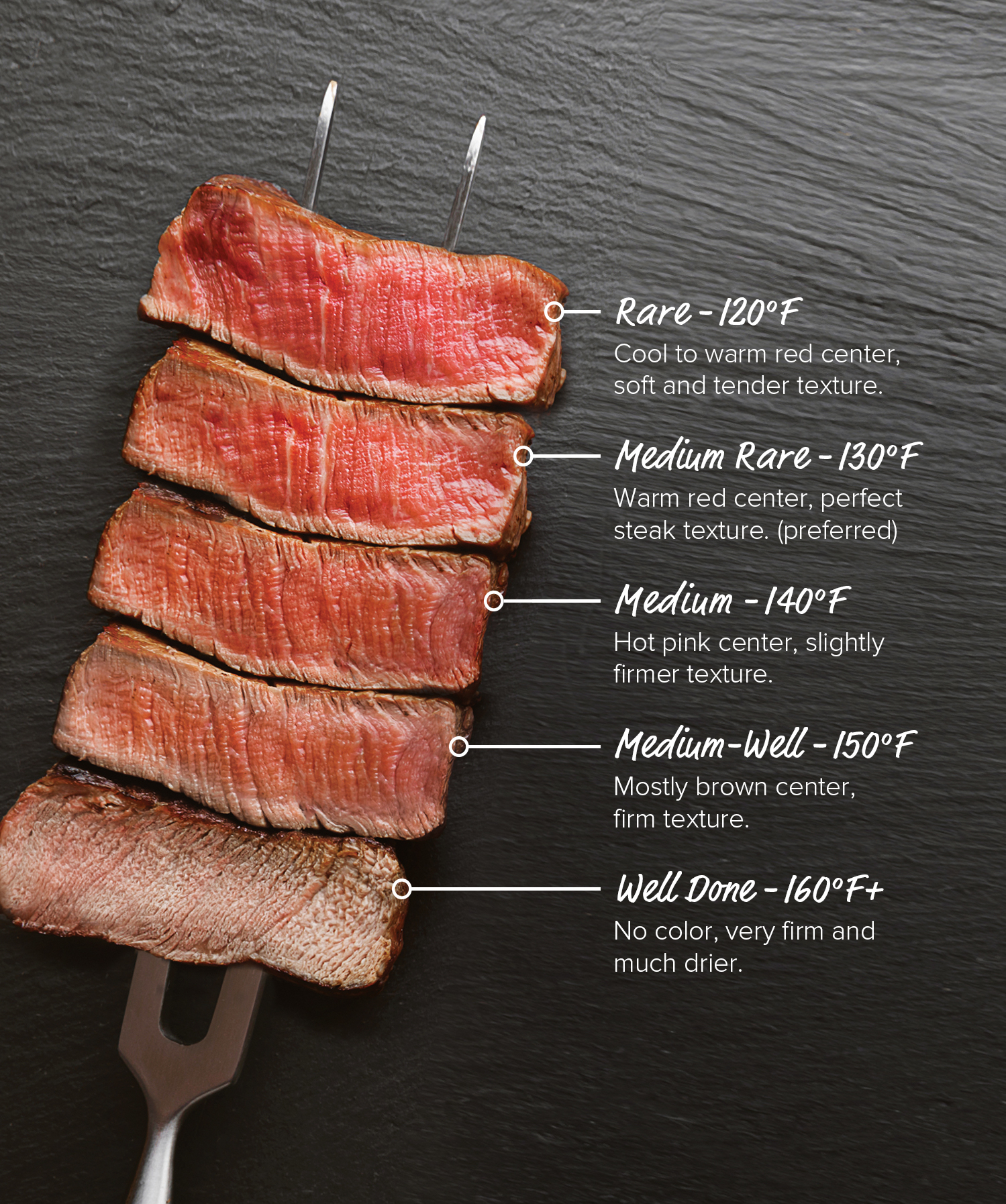
Choosing your preferred temperature goes a long way into how your steaks are going to taste. In my opinion there is a right temperature to cook your steak at and a really wrong temperature that should only be chosen for the pickiest of eaters. As you can see from the picture above there are five temperatures at which you can cook your steak (rare, medium-rare, medium, medium-well, and well).
The general consensuses for those who are steak aficionados is that you should cook your steak between medium rare and medium well. Rare steaks in my opinion are fine but they can be a little too chewy for me. Medium-rare is my temperature of choice when eating a steak because its juicy and not chewy like rare steak it, but medium is also a perfectly good temperature to have a steak. The only temperature you should never order a steak or cook a steak at is well. Well done steaks are a cardinal sin. They are dry and chewy and not at all what you want a steak to taste like after spending money on it.
Onto the Pan:
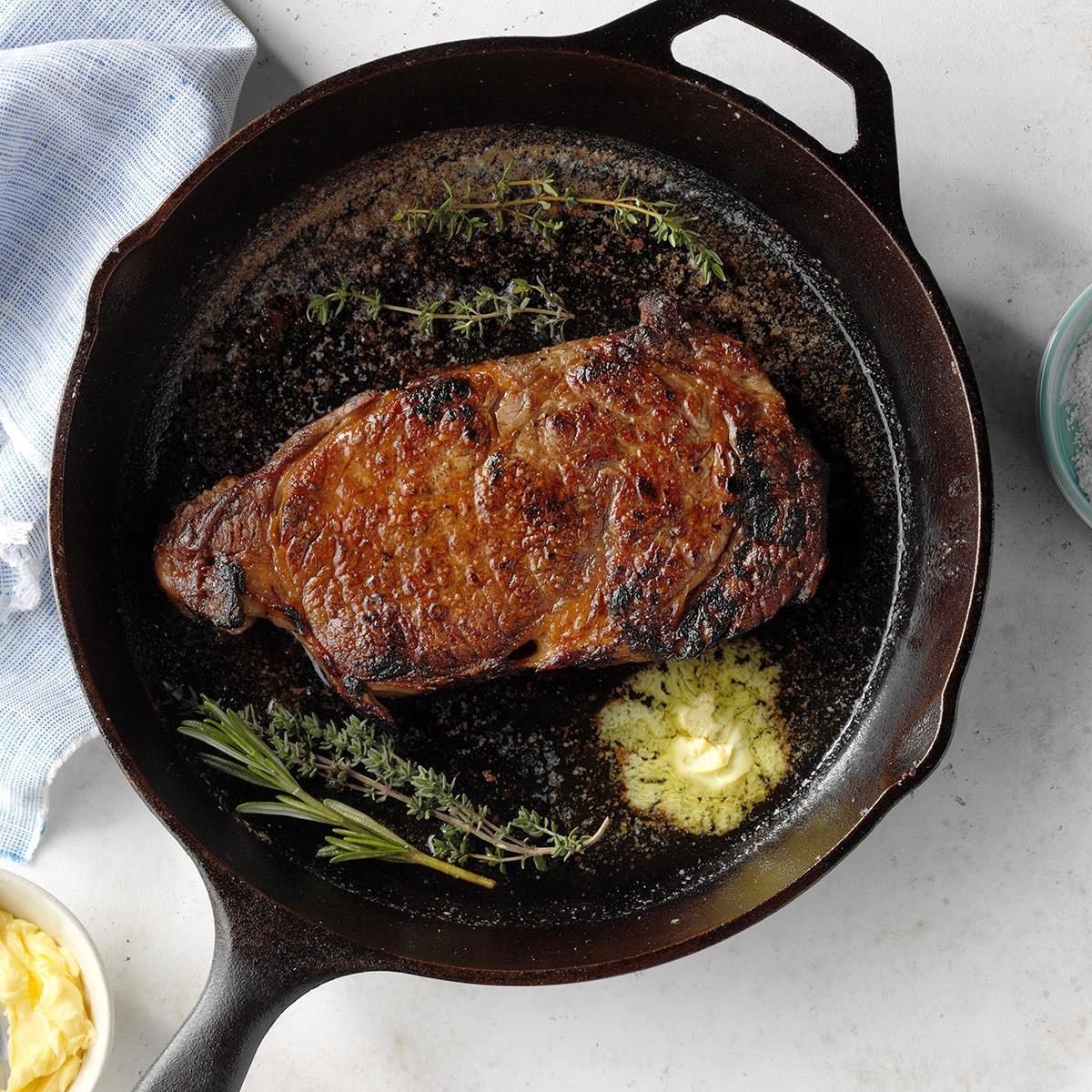
Now its time to get technical because there are many good ways of cooking a steak. My favorite and the way I will be teaching you is the stove top method in a cast iron pan. Cast iron can be tricky to use because it conducts heat extremely fast. But if you follow these steps you will succeed in cooking a beautiful steak to your desired temperature. I highly recommend watching Gordon Ramsay on YouTube cooking steak, he is an very good teacher and cook his steaks with professional chef quality. I have linked a video below.
Step #1:
The first step in cooking any kind of meat is making sure that the protein is at room temperature before you cook them. If they are at room temperature before you put them in the pan then it will ensure that the center of the meat is not cold and therefore undercooked. Take the steak out of the fridge at least 15 minutes before putting it in the pan so it has the opportunity to warm up to room temperature. At this step I also recommend you to begin heating up your pan over medium heat. By the time the 15 minutes are up your pan will be plenty hot
Step #2:
Now after letting the steak warm up you must season every inch of the steak with salt and pepper or whatever kind of rub you wish to choose. You want to season it generously because you lose 35% of all seasoning in the pan. With this step you also want to prepare your aromatics for the steaks. For steaks I recommend using rosemary, thyme, garlic and butter.
Step #3:
Now we finally get to cooking the steak. Pour about one to two tablespoons of olive oil in the pan and let it heat up. You will notice that it is hot when the oil begins to look watery in the pan. When this happens you may now place your steak in the pan. Just make sure you lay your steak away from you so you do not splash oil on yourself. If you place the steak in the pan and it does not sizzle immediately then do not put the steak in. The sizzle ensures that you actually cook your steak and get a great sear on it.
Step #4:
Once the steak is in the pan move it as less as possible. The more you move the steak the more juice and flavor seeps out of the meat. Depending on how thick your steak is and how hot your pan gets changes how long you cook it for. A good rule is to cook each side for roughly 2-3 minutes to get a good sear on each side. This will not cook the inside of the steak but we will shortly get to doing that.
Step #5:
Now we will add our aromatics to the pan so that they may infuse more flavors into the steak. Lightly crush your garlic and put it into the pan with some butter and the herbs listed above. Cook those aromatics for a minute or so and once they have cooked place them on top of the steak itself. When the butter has melted and begun to foam tilt the pan slightly and with a spoon begin basting the steak with the butter. the butter will now be infusing the flavor of the garlic and herbs and the steak will absorb these flavors and it will help cook the steak from the inside.
Step #6:
After cooking your steak in the butter for about a minute or two flip the steak onto any side that has a cap of fat (if there is one) and render that fat down. the heat from the pan with cook the fat and ensure that it is not chewy and inedible. After cooking that fat down for about 30 seconds take the steak out of the pan and place it on a plate. Place those aromatics on top of your steak and pour over the steak juices left in the pan over the steak. Now for one of the most important steps in the cooking process. Let the steak rest for as long as you cook it for. This will ensure that your steak continues to cook all the way through and so that your steak does not bleed all over the plate when you cut it.

I do not portray myself to be an expert in the cooking of steak or cooking at all for that matter. However this has always worked for me and it makes a delicious steaks. I recommend you to try different ways of cooking a steak as well because experimenting in the kitchen can lead to delicious outcomes. Try grilling, sous-vide, oven cooked and many other forms of cooking your steaks to find what you like the best. Because cooking a steak is all about cooking it how you like it.
